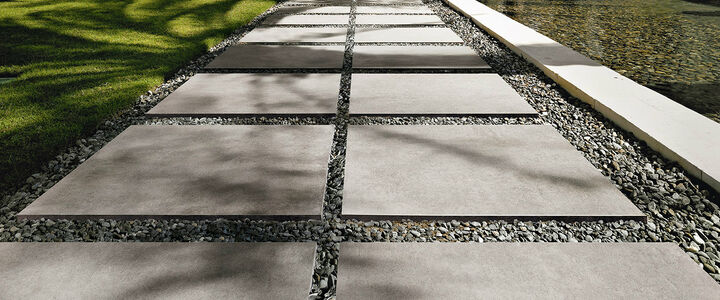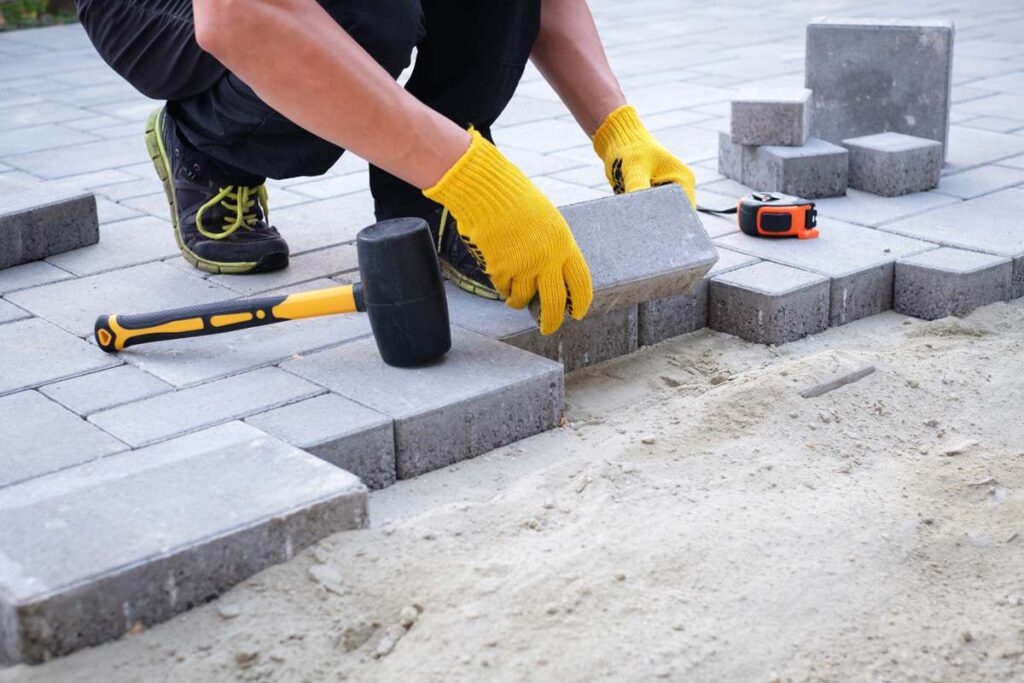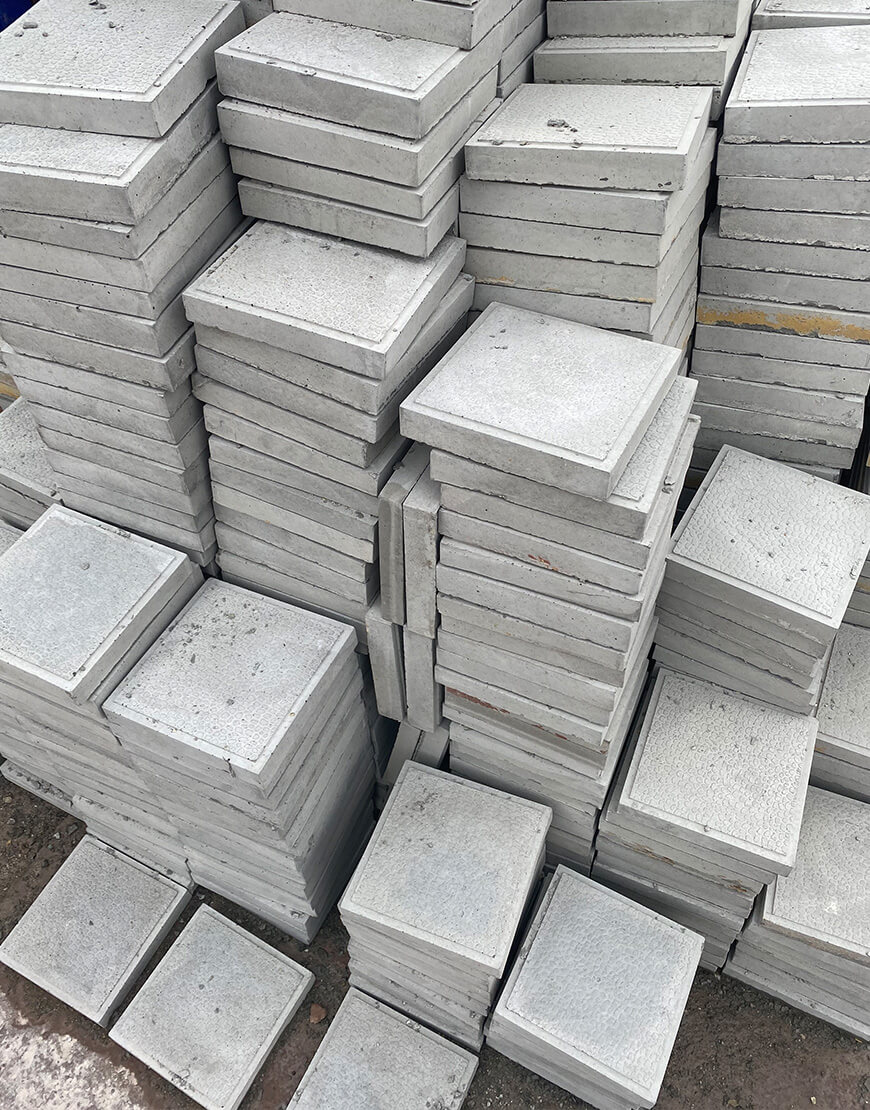Discover the best options for concrete flooring that suit your style and budget

Concrete flooring
Concrete flooring is made up of a mixture of cement, sand, aggregates, and water. The addition of additives such as colors, plastics, and other chemicals can also enhance its properties
:This type of flooring has applications in various areas, including
Industrial spaces: Such as factories and warehouses due to its durability and high resistance
Commercial locations: Such as stores and shopping centers for its aesthetic appeal and easy maintenance
Residential areas: In yards, garages, and indoor spaces due to its low cost and design variety
Outdoor environments: Such as sidewalks and parks because of its resistance to weather conditions
Industrial spaces
Industrial spaces refer to areas designed for manufacturing, production, storage, and distribution of goods. These spaces often require durable and resilient flooring to withstand heavy machinery, foot traffic, and various operational demands. Key characteristics of flooring in industrial settings include
Durability: Flooring must resist wear and tear from heavy loads and equipment
Chemical Resistance: Many industrial environments expose flooring to chemicals, so resistance to spills and stains is crucial
Easy Maintenance: Floors should be easy to clean and maintain to ensure a safe and hygienic workspace
Safety: Non-slip surfaces are often important to prevent accidents in high-traffic areas
Common examples of industrial spaces include factories, warehouses, distribution centers, and workshops

Granulated flooring + Export from Iran to various countries
Commercial locations
Commercial locations are spaces used for business activities and include a variety of establishments such as retail stores, offices, restaurants, and shopping centers. Flooring in these areas is crucial for both functionality and aesthetics. Key considerations for flooring in commercial locations include
Aesthetic Appeal: The flooring should complement the overall design and branding of the business, creating an inviting atmosphere for customers
Durability: High foot traffic necessitates flooring that can withstand wear and tear without losing its appearance or functionality
Maintenance: Floors should be easy to clean and maintain, as cleanliness is important in commercial settings
Comfort: In places like restaurants and retail spaces, comfort underfoot can enhance the customer experience
Safety: Non-slip surfaces are essential to prevent accidents, especially in areas like kitchens and entryways
Common types of flooring used in commercial locations include vinyl, tile, laminate, and concrete, with choices made based on the specific needs and style of the business
Residential areas
Residential areas encompass spaces where people live, such as houses, apartments, and condominiums. Flooring in these environments plays a significant role in both aesthetics and functionality. Important factors for residential flooring include
Comfort: Flooring should provide a comfortable feel underfoot, contributing to a cozy living environment
Aesthetic Variety: Homeowners often seek flooring that complements their interior design, with options ranging from traditional to modern styles
Durability: Depending on the area of the home (e.g., high-traffic zones like hallways or living rooms), the flooring must withstand daily wear and tear
Ease of Maintenance: Homeowners prefer flooring that is easy to clean and maintain, particularly in areas prone to spills or dirt
Insulation: Good flooring can help with sound insulation and temperature regulation, enhancing overall comfort
Common flooring options in residential areas include hardwood, laminate, carpet, tile, and concrete, each chosen based on the specific needs and preferences of the homeowner
Outdoor environments
Outdoor environments refer to spaces located outside buildings, such as patios, decks, gardens, walkways, and commercial outdoor areas. Flooring in these settings needs to be durable and weather-resistant. Key considerations for outdoor flooring include
Weather Resistance: Materials must withstand exposure to elements like rain, sun, and temperature fluctuations without deteriorating
Durability: Flooring should be able to endure heavy foot traffic, furniture, and potential impacts from outdoor activitie
Slip Resistance: Non-slip surfaces are crucial for safety, especially when wet or in high-traffic areas
Maintenance Requirements: Outdoor flooring should be easy to clean and maintain, as it can accumulate dirt and debris
Aesthetic Appeal: The flooring should enhance the overall look of the outdoor space, complementing landscaping and architectural features
Common materials used for outdoor flooring include concrete, pavers, natural stone, wood decking, and composite materials, each selected based on the specific use and aesthetic desired
